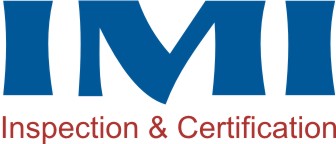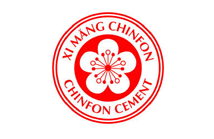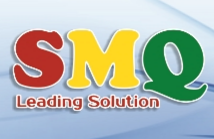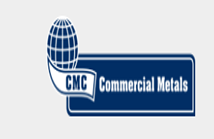The transportable moisture limit inspection (TML inspection) is usually done with cargo which may liquefy such as bran/fine ore including nickel ore, fine iron ore, copper concentrates … can liquefy and move if the moisture content is inherent to it’s too big.
The biggest consequence of liquefied cargo is the movement of cargo in ship’s holds that destabilizes the ship, resulting in serious consequences. Therefore, the determination of the transportable moisture limit (TML) of the above goods is extremely important.
The TML inspection of all kinds of cargo which may liquefy must be done before loading on board (pre-shipment inspection) but not done before loading for too long (usually within 7 days before loading on board).
The IMSBC Code of IMO requires only accepting loading on board with cargo which may liquefy when the actual cargo moisture content is smaller than their (TML), the difference between TML and Flow Moisture Point (FMP) is 1/10 of FMP. In the opposite case, the IMSBC Code recommends that the captain has the right to refuse to receive moistened cargo.
TML inspection is carried out by determining flow moisture point (FMP) of cargo at stockpile/warehouse according to ISO standards and the provisions of the IMSBC Code.
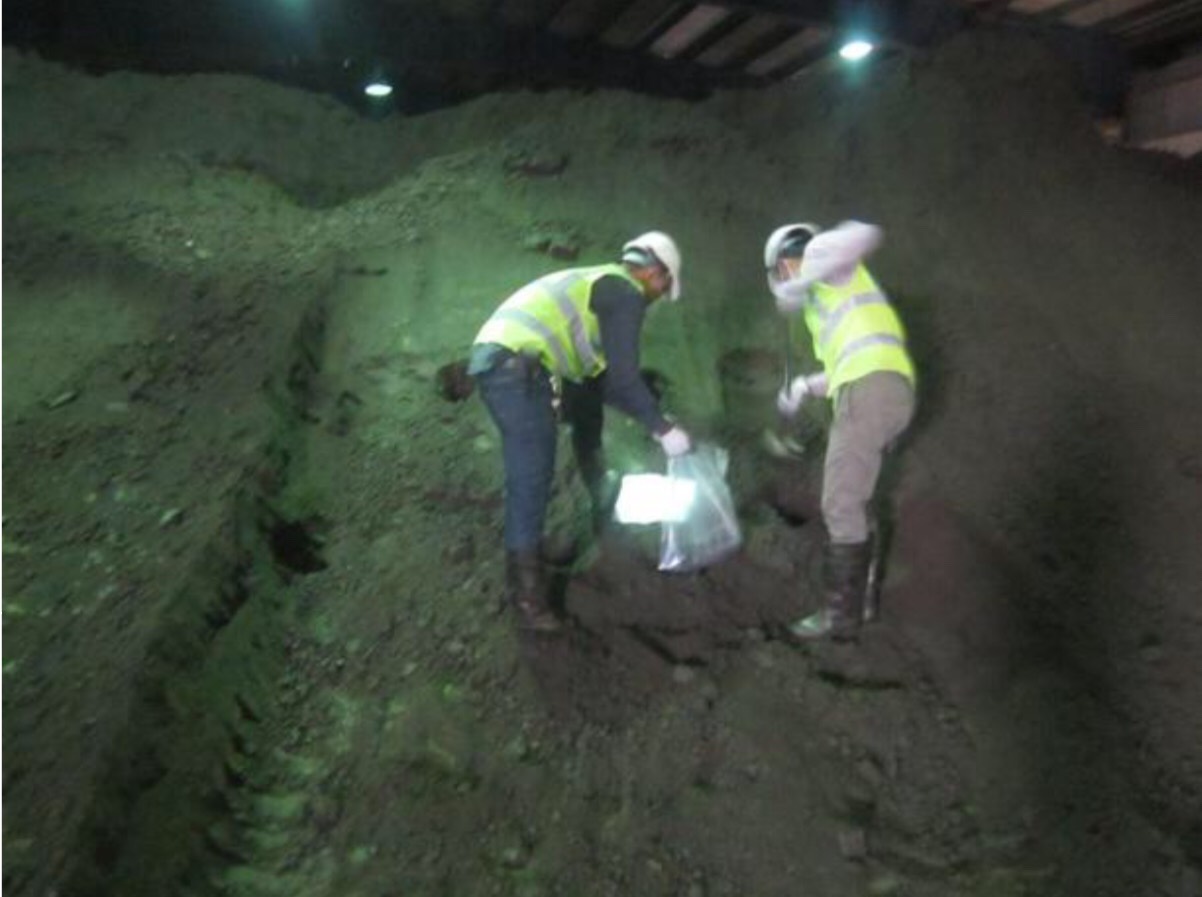

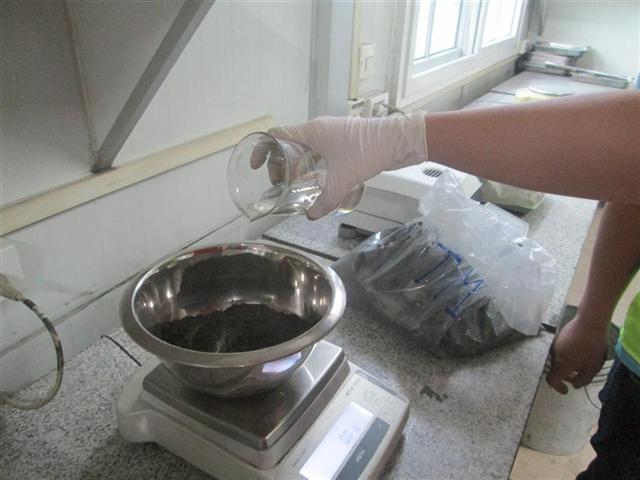
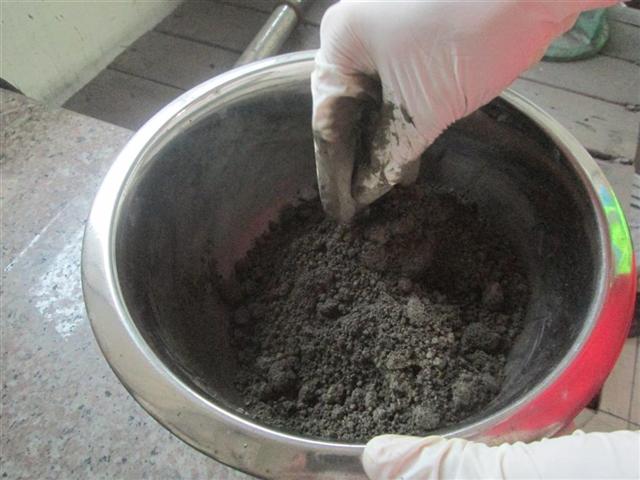
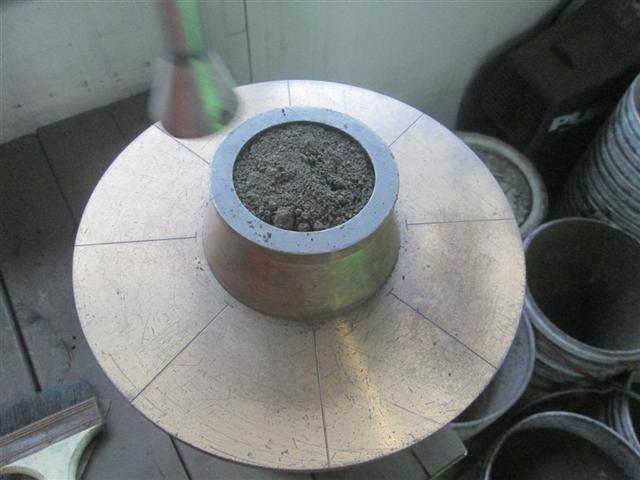
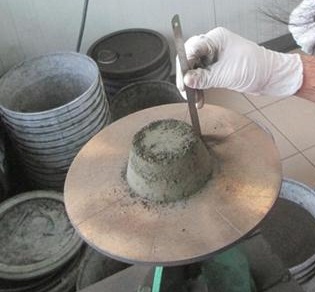
For further advice on TML inspection service of IMI Vietnam, please contact:
IMI Vietnam Co., Ltd
Address: 2/101 Phuong Khe Street, Dong Hoa Ward, Kien An District, Haiphong City, Vietnam
Email: info@imi.vn
Hotline: +84 372 190781
Website: www.imi.vn


